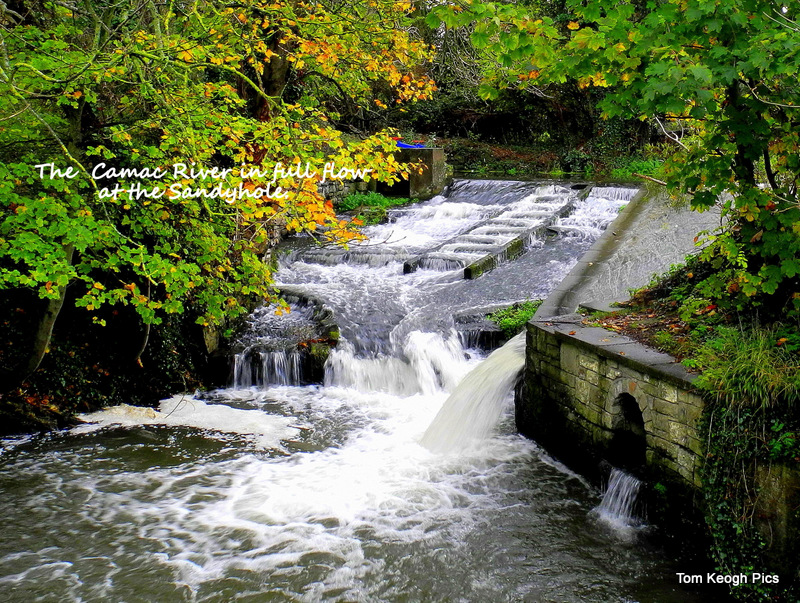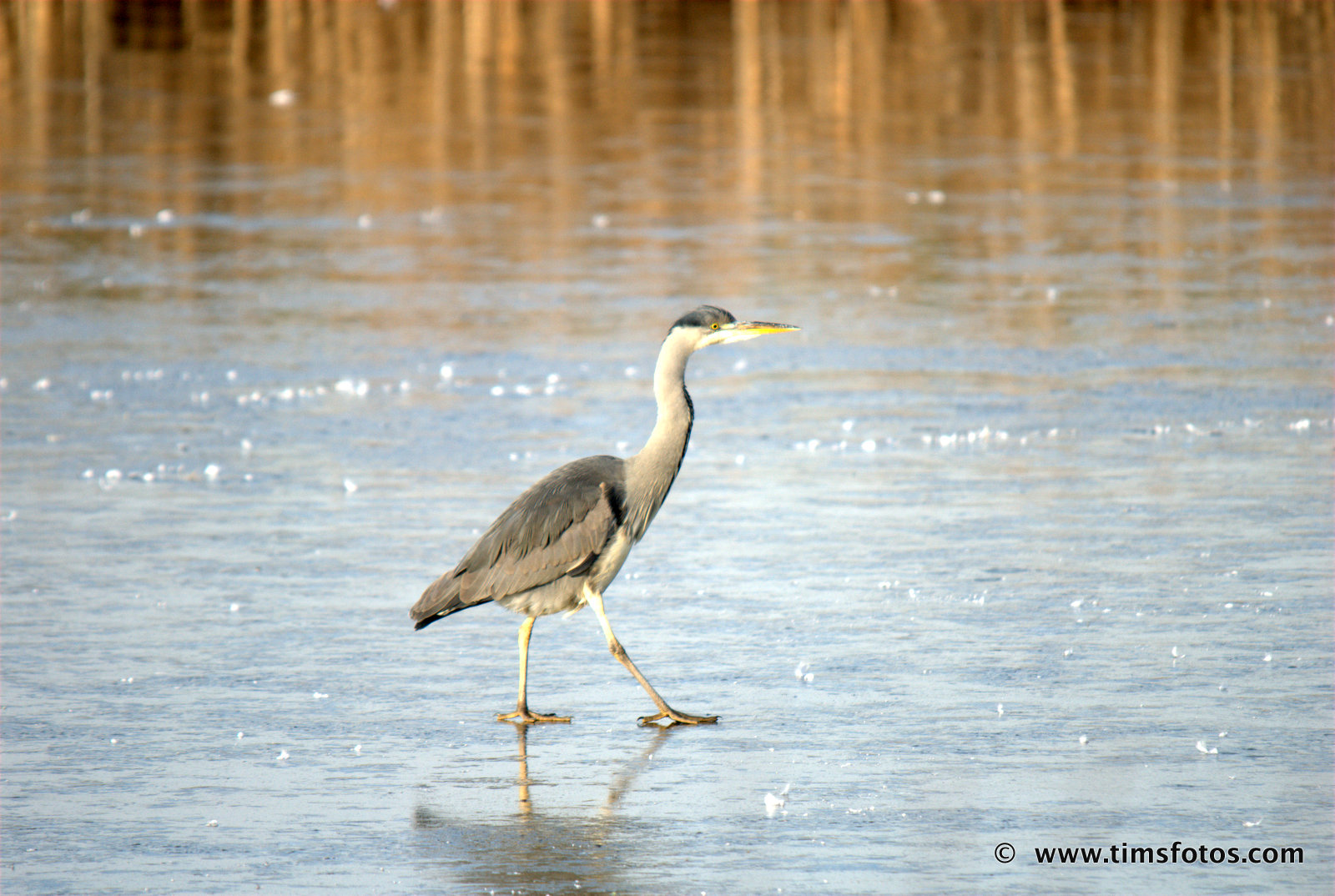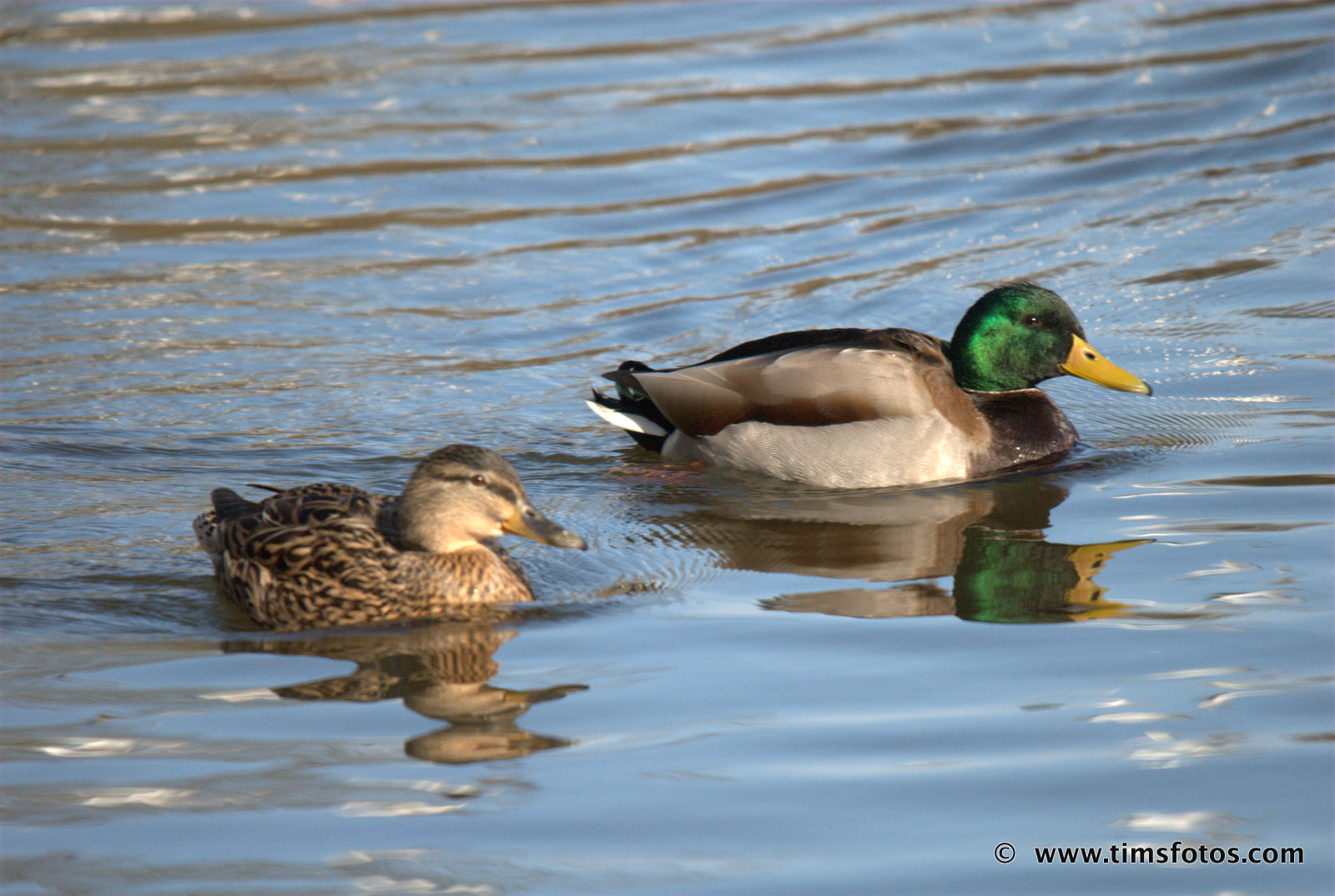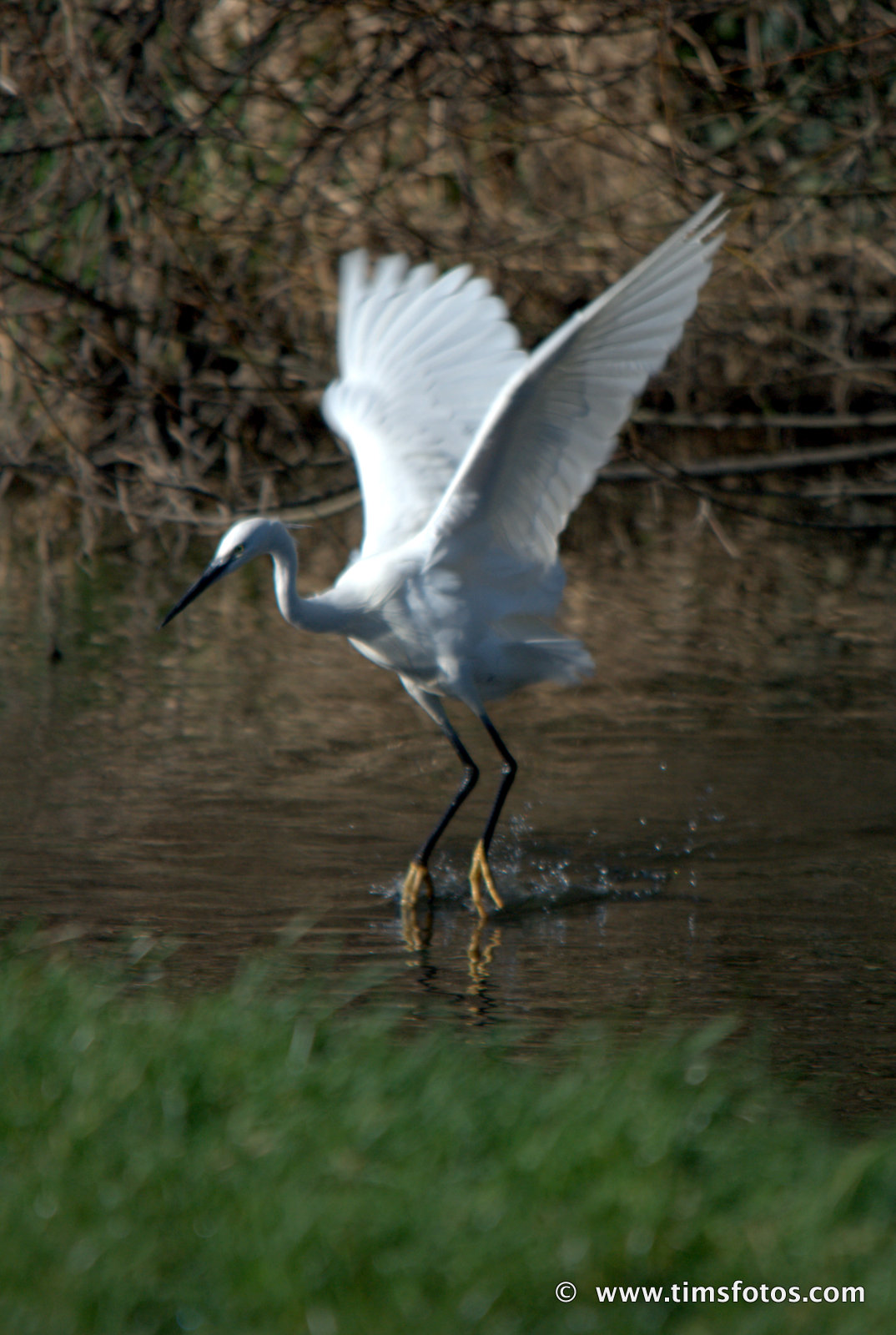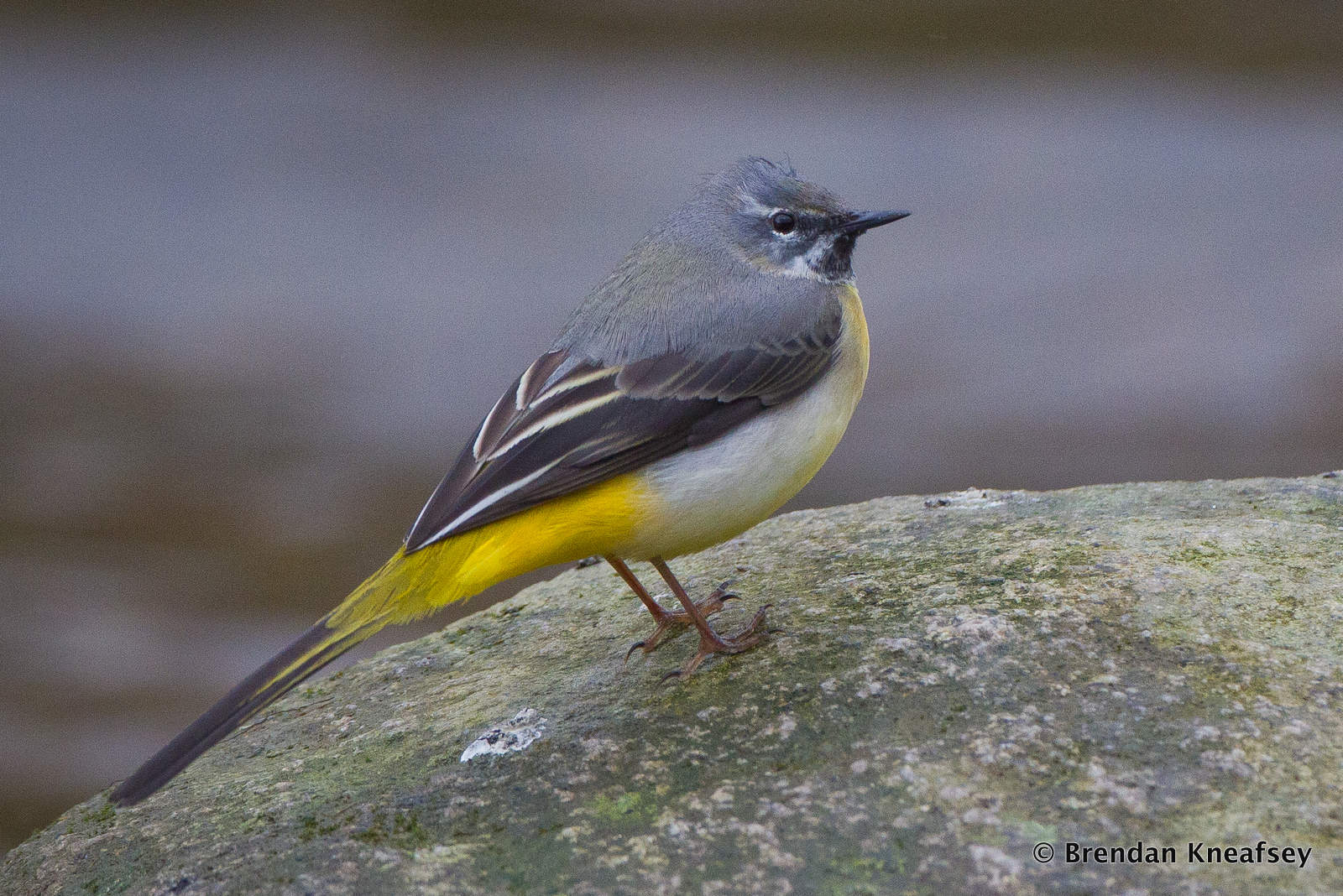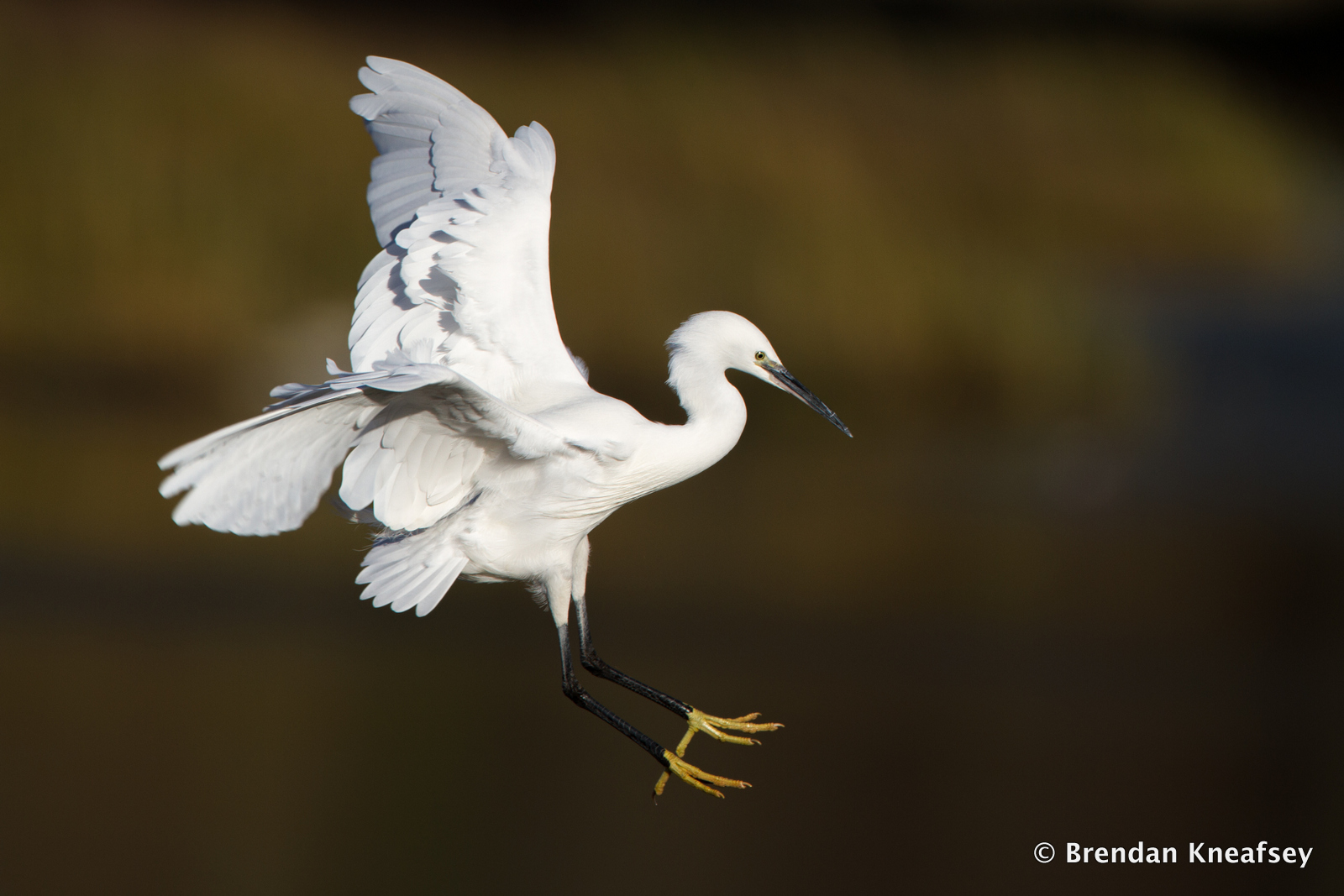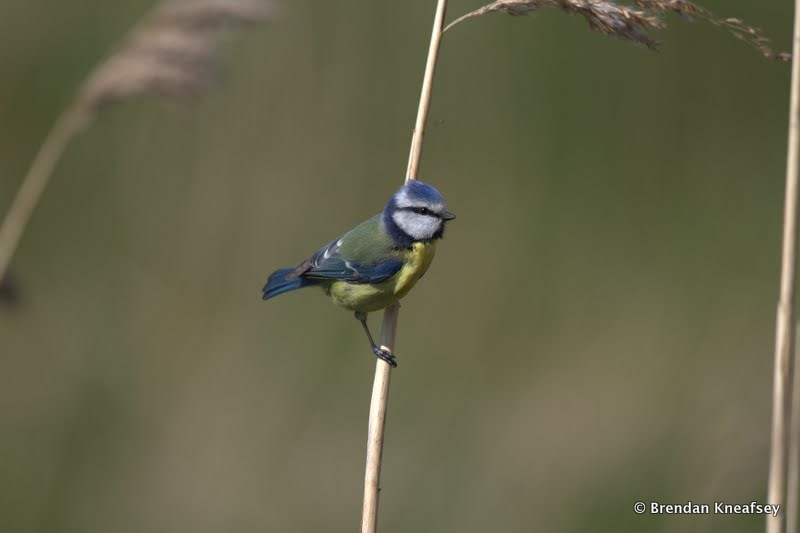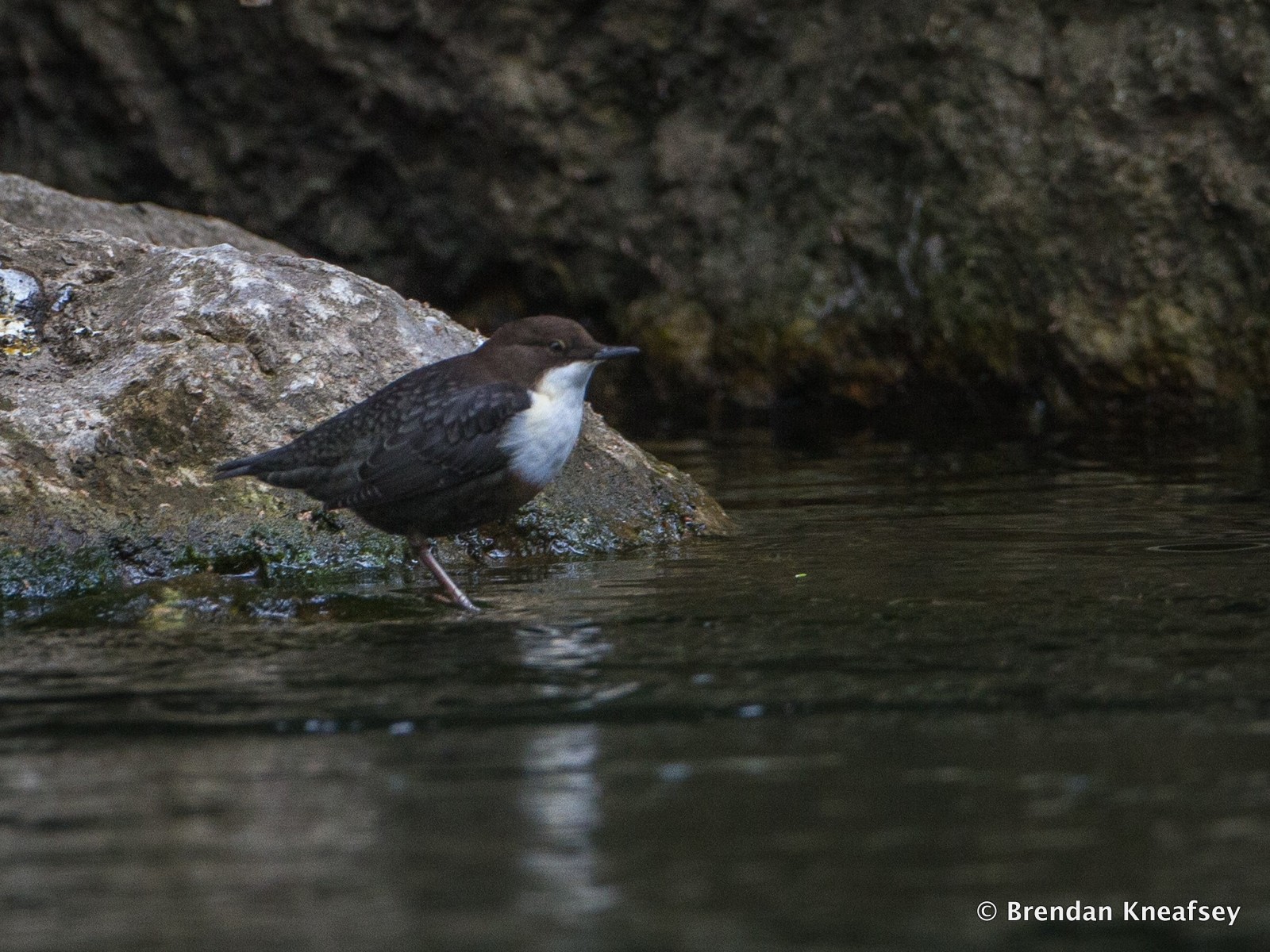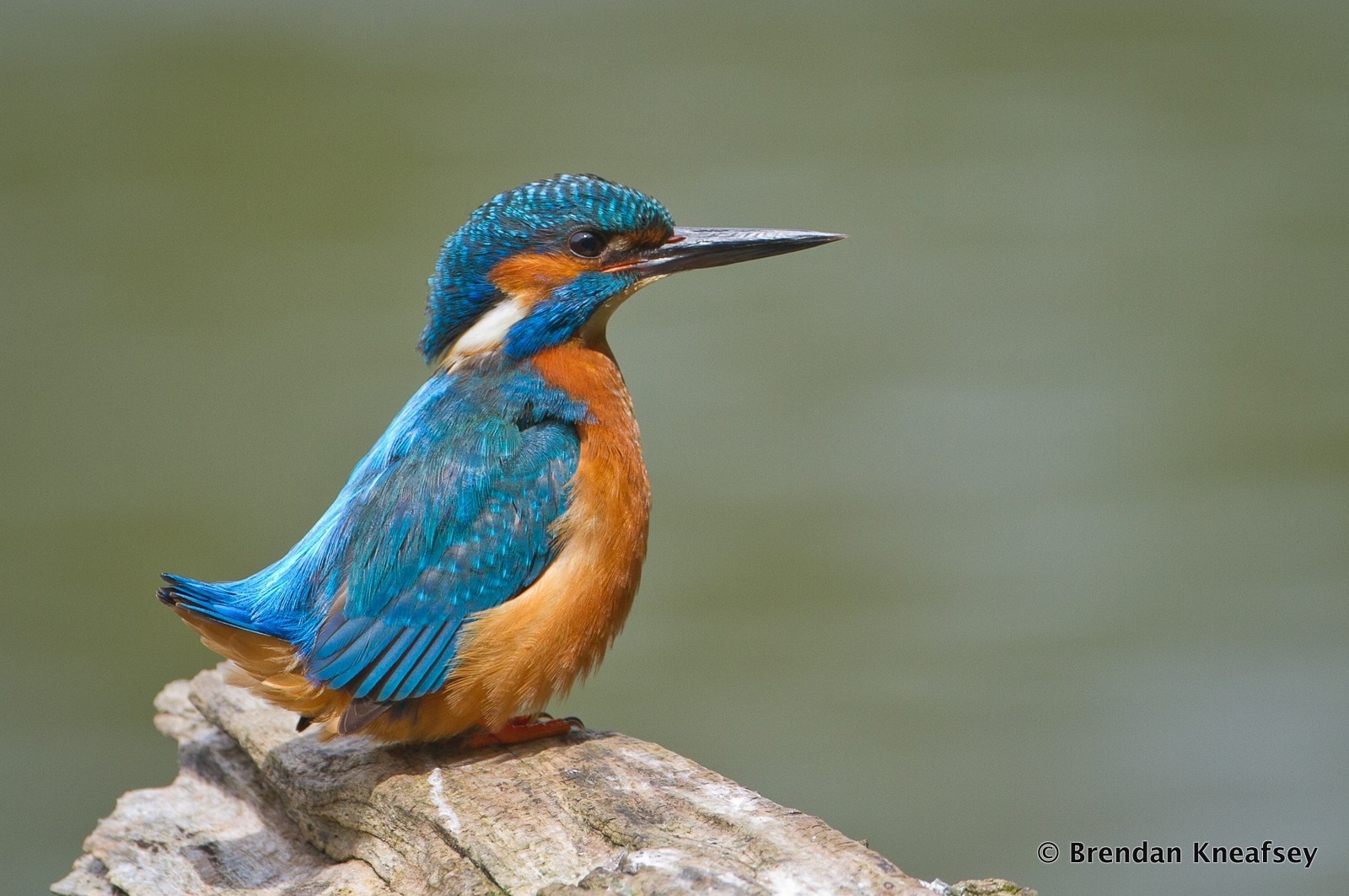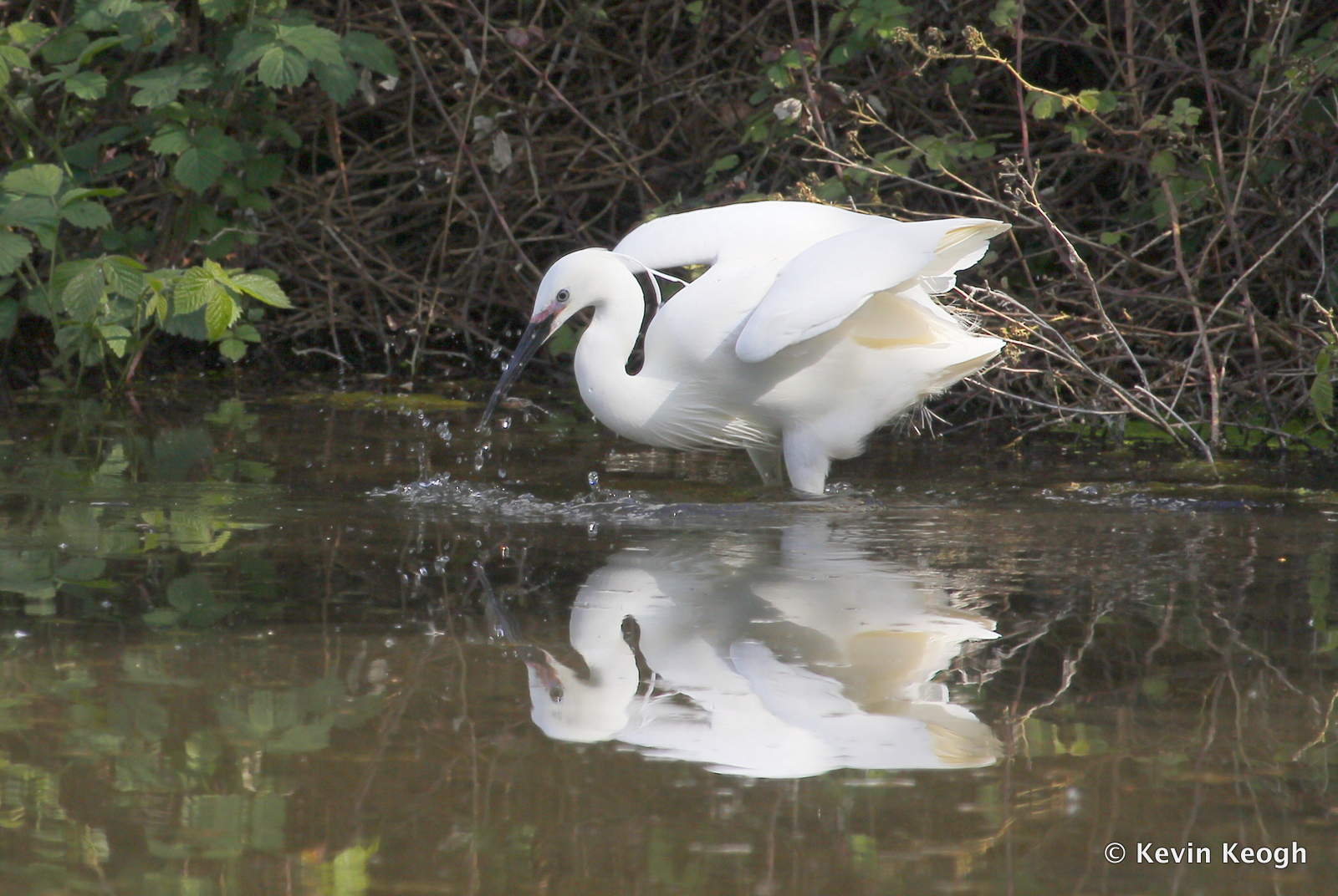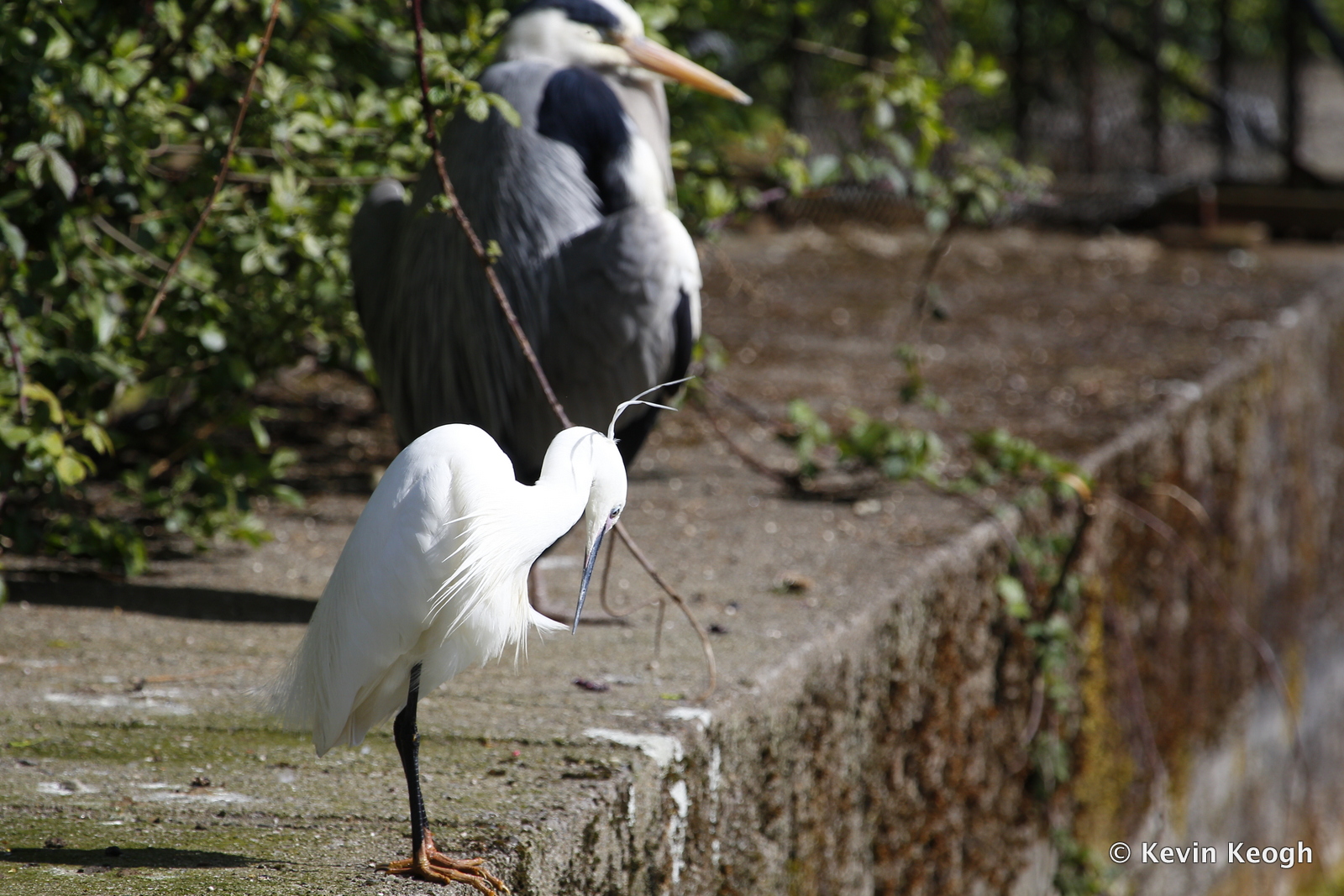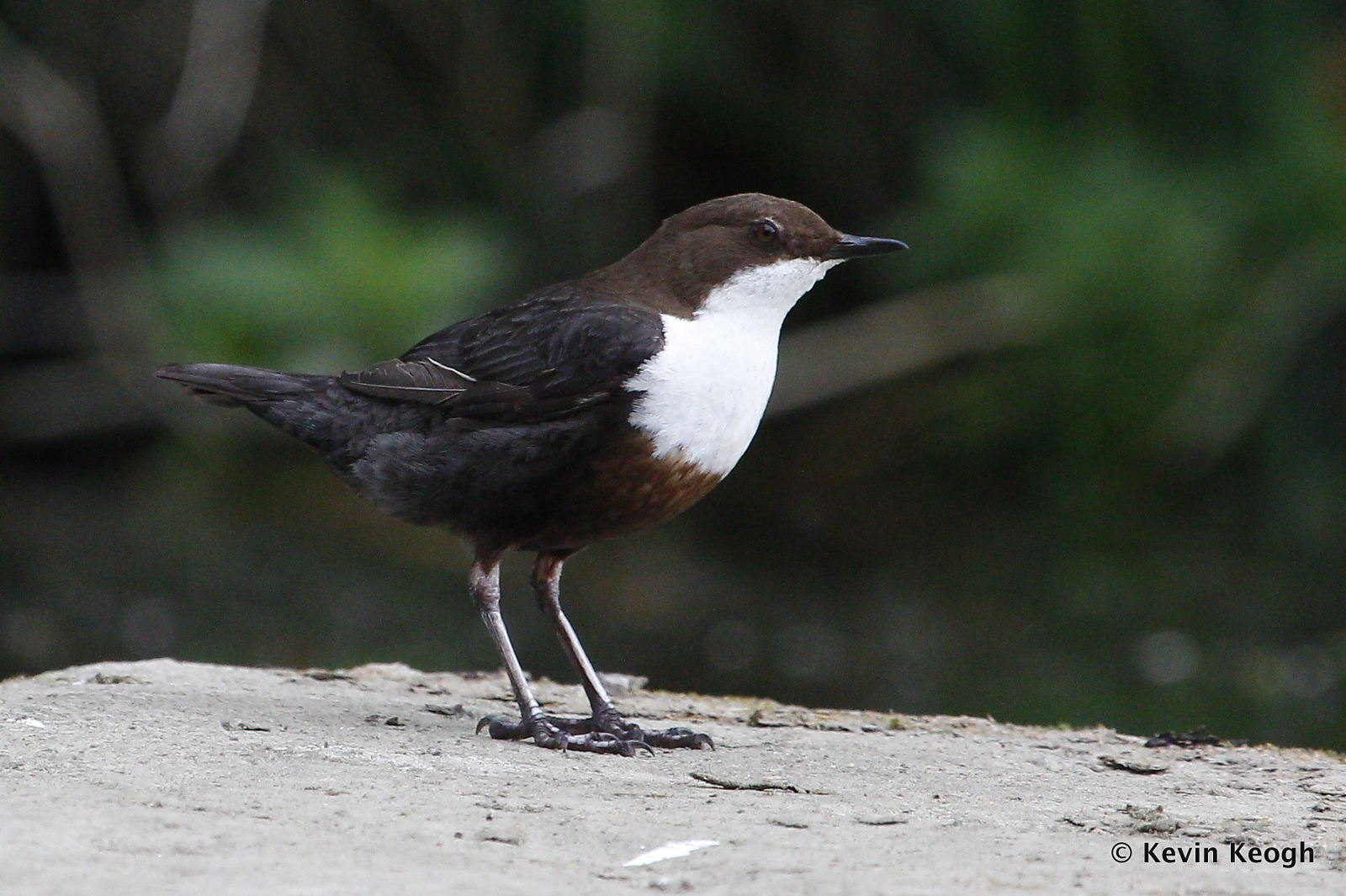Camac Memories by Brian Nolan
Camac Memories - September 2022 - by Brian Nolan, of the Friends Of The Camac Voluntary Group.
We grew up in an old house, Raheen, on the Old Nangor Road, facing the River Camac. It’s location was opposite Colaiste Chillian Gaelscoil. In place of the school was Dowd’s dairy farm stretching across to the Grand Canal, populated by a herd of black and white Friesian cows, along with foxes, rabbits, golden plovers, skylarks and even corncrakes with their distinctive ‘crick, crick’ call. On front of the house was the River Camac and a farm of brown and white Hereford beef cattle, occupying what is now Clondalkin Park and Leisure Centre.
In 1958 Joe O’Connor along with angling friends founded Clondalkin Anglers Association. Myself and brothers Niall and John became junior members in the early 60’s. Later we became active committee members. We spent our youth on the river, providing our large family with organic omega 3 rich, Camac trout.
As teens we helped the seniors in restoration projects. One was building 2 mini weirs, a couple of feet deep on a stretch called Cruidin. Another major job was desilting Driscoll’s Pond and the Big Pond. As committee members we stocked the river with newly hatched trout. Niall and I became honorary bailiffs.
In 1962 we all became excited by new neighbours. A pair of otters dug a holt on the sloping bank opposite a pool called the Horse’s Drink. They became used to us fishing nearby as they became better fishermen than ourselves!
A local neighbour refused to join the angling club and pay the modest membership fee. He led us on many an unsuccessful poachers chase through the fields. One year he surprised us by paying the membership fee and joining the club. He also frequented a local hostelry on the Main Street called The Stores. It was also a meeting place for some anglers and committee. Lots of banter was exchanged between the poacher and committee, especially as he constantly claimed “There are mighty fish in that river”. That same Spring we were offered a number of 4lb trout by the hatchery as these trout were finished breeding. We accepted and placed them in different ponds. We were secretive about the times we got the delivery of the fish, otherwise poachers from far and wide would descend on the river. That year, even the committee didn’t know the delivery date. Our own reformed poacher caught one of the 4lb trout on a Summers evening. He paraded it down through Clondalkin to The Stores declaring to the astonished committee and anglers “I told ye there were mighty trout in that river”. What all involved weren’t aware of was the trout was native of, and swimming around in the Carlow hatchery of the Inland Fisheries, only a few weeks earlier.
One of our proudest achievements was the restoration of the Gunpowder Mill Pond at Kilmatead, Corkagh Park in April 1977. The Gunpowder Mill blew up in 1787. I approached sought and received a grant of Ir£230 through Eoin de Blacam of the Board of Conservators of Fisheries, who visited the site. The grant covered most of our expense. We removed scrub, debris and felled mature trees growing in the pond basin.
We approached Clondalkin Paper Mills chief engineer Ger Rahilly with the proposal that we would create an emergency supply of 5 million litres of water to the Mill for future Summer drought low water conditions if he would give us a driver and digger to remove the tree stumps and silt from the pond. Bill Boggans from Boot Road Clondalkin arrived with his bulldozer, enjoyed our company for a few weeks, took a nice break from his busy job at the Mills and cleared the pond down to bedrock. We repaired the sluice and refilled the pond.
To this day, 235 years after the explosion, the benefit of this work is being felt. An outlet overflow from this pond is maintaining the levels of the two main fishery ponds at Corkagh. These six ponds at Corkagh will be of flood relief benefit and in conjunction with the Mill Ponds at Clondalkin Park will save the vulnerable Mill Shopping Centre in Clondalkin from future flooding by slowing the flow during peak flood.
One of the particular pleasant smells of the river, that stays in the memory is of wild mint, always associated, as a 10 year old stretching to catch a pinkeen. Totally unpleasant was the smell at the Watery Lane. The river was dead below the Paper Mills due to the toxic effluent. More obnoxious still was the smell at low tide along the Quays from Islandbridge downstream. A German engineer being collected in Dublin city centre to repair a papermaking machine in Clondalkin, on walking across O’Connell Bridge, stopped in the middle and said “I smell paper”. Jonathan Swift wrote to Stella of “the Liffey’s stinking tide”.
With the closure of Clondalkin Paper Mills, Nugget Shoe Polish, Smurfits Mill in Blubell, and Drimnagh Paper Mills, the River Camac has recovered amazingly, east of Clondalkin. Eanna Ni Lamhna, with a group from Friends of the Camac, walked and sampled the River Camac at Inchicore in Heritage Week 2018. Trout, freshwater shrimp, minnow and other macro invertebrates were found. Compared with geological time it’s heartening to see in historical time, only 40 years, how quickly a river can recover once the sources of pollution are removed. It underlines the recycling effect of nature and flowing water.
Fast forward 50 years from my childhood, now, as a member of Friends of the Camac, my appreciation of the River Camac has increased dramatically with my awareness of that largely invisible underwater world and vibrant life. I have composed a brief series on individual aquatic species and focused on one aspect, what sustains them. I named it “Follow the Food”.
If all we do is improve the habitat of these creatures and the environment of the food that sustains them we’ll be halfway there.
The River Camac is so important to all living nearby. The linear parks of Clondalkin and Corkagh are hidden gems, with riverside pathways for several kilometers which encourages all weather outdoor walking. We have improved the experience by removing tunneling allowing people to see the river and the sunlight to photosynthesise and restore the aquatic plantlife.
We installed 14 riffle pools, with mini weirs, n Clondalkin Park, and plan to do more as we have seen the dramatic improvement on the river. People walking by enjoyed hearing the sound of the river. By using natural stone, each rock became a habitat for aquatic life. Say you have 100 rocks in a little weir, that creates a lot of habitat.
Other benefits are increased water levels in a small river, increased oxygenation, slow environmental, silt removal and ease of fish passage upstream and downstream.
Another innovation, this year, with the help of LAWPRO we sponsored an inaugural water quality analysis course for 12 transition year students and a teacher from local schools on the River Camac.. The benefit to them and society being, it may encourage them to choose a career in protecting our rivers, or join a group like FOTC or, even, set up their own citizen science group. Wherever they live in future they will not be far from water.
With increasing urban expansion in SDCC area the Camac and it’s upstream tributaries are right now coming under severe pressure. The planning laws need to be changed to abolish self certification. To a developer, a tributary running across his building site is a drain, an obstacle, so just bury it. It is not a question of either–or. We need housing, we need business, and we need fresh water.
Why not join us on the second Saturday of every month to help with the Clean Up of the River Camac and it’s riparian environment. Check out Website – www.fotc.ie – and Facebook page for more details and updates.
Common Birds seen on the River
Here are some images of the birds seen on the Camac
The image on the left is of a Grey Heron, a native species which breeds in the heronry at the Rose Garden in nearby Corkagh Park.
The next image is of a pair of Mallards, quite commonly seen on the lakes and in in the river. The female is brown and not eye catching, a help to be inconspicuous while sitting on a nest. The male Mallard has much more vivid plumage, a common trait in ducks.
The image on the right is of a Little Egret, a species relatively new to Ireland, having only arrived about 30 years ago from the continent. It originally bred in the south east and is now spreading west and north along the coasts. (Note it's bright yellow feet, which is uses to stir up the river bed and startle small fishes and invertebrates which it then feeds on).
Wildlife Images by Brendan Kneafsey
Thanks to Brendan Kneafsey, Clondalkin Camera Club member, for the use of these photographs of the wildlife you can expect to see along the river.
Top Row = Grey Wagtail, Motacilla cinerea, Little Egret, Egretta garzetta, (note it's bright yellow feet!), Small Tortoiseshell Butterfly, Nymphalis urticate,
Bottom Row = Blue Tit, Parus caeruleus, Dipper, Cinclus cinclus, Kingfisher, Alcedo atthis.
Riverside Birds by Kevin Keogh
Thanks to Kevin Keogh, Clondalkin Camera Club member, for the use of these photographs of the birds you can expect to see along the river.
Left to right, Little Egret Egretta garzetta fishing, Little Egret (note his yellow feet) with Grey Heron Ardea cinera in the background for size comparison 60 cms v 95 cms, Grey Wagtail, Motacilla cinema.
Bottom picture shows a Dipper Cinclus cinclus
